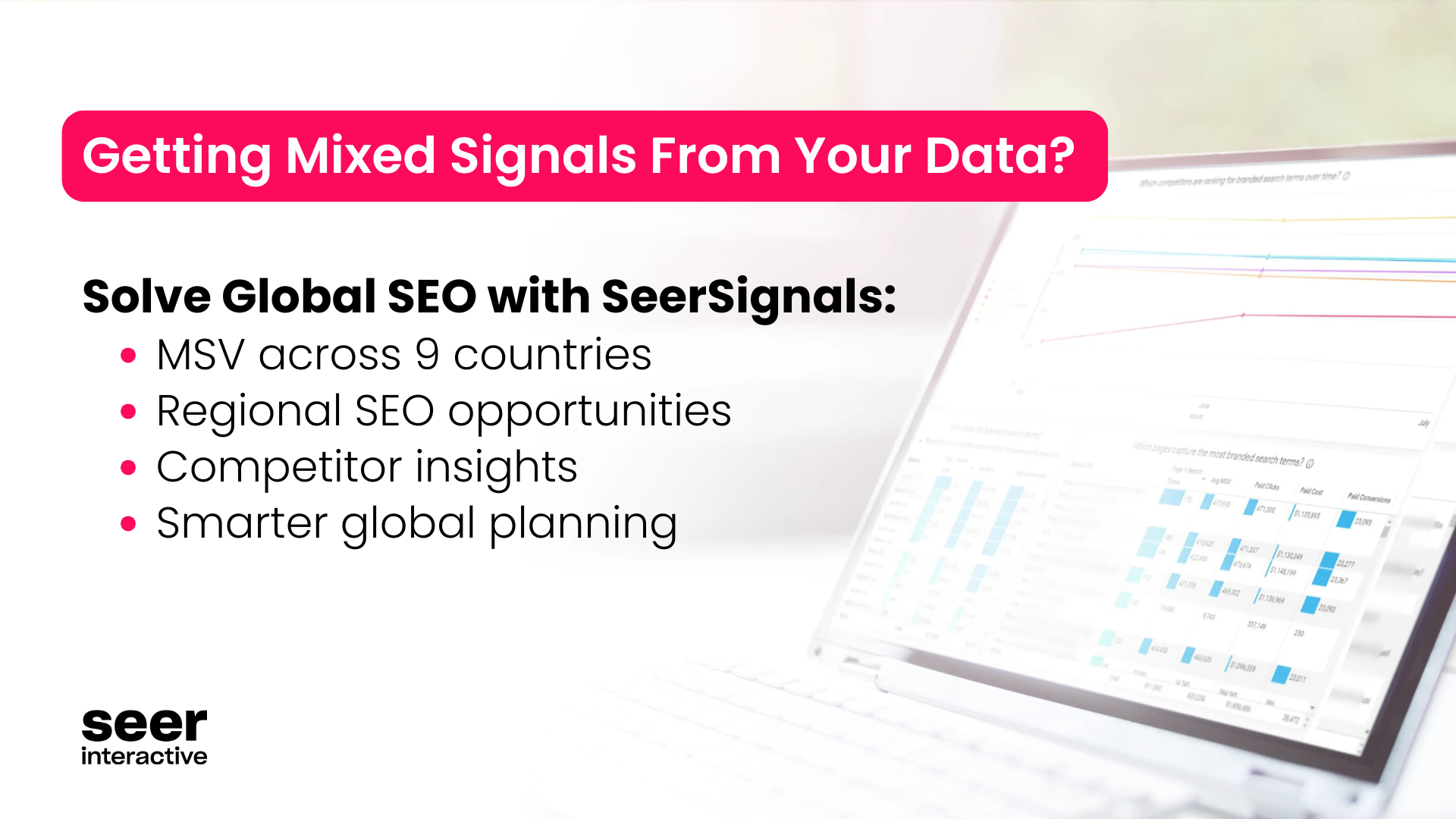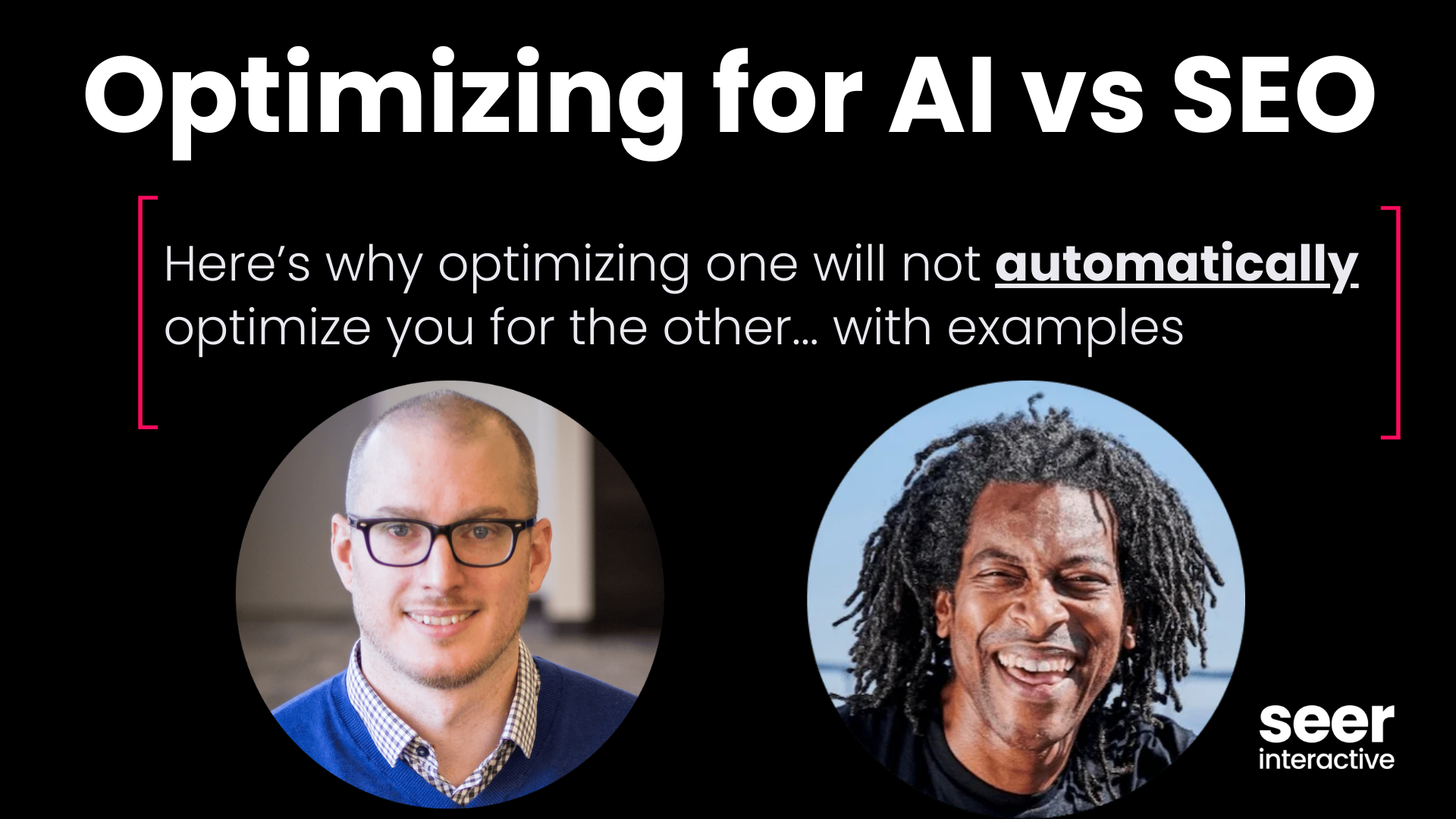In the age of digital, SEO and PR have never been more intertwined. SEO is all about getting found in a sea of brands fighting for visibility on search engines. Similarly, public relations practitioners look to manage brand tone and visibility. In both industries, qualitative and quantitative data can be a treasure trove of information to inform strategies and tactics.
Read on to learn why public relations professionals should know data-driven SEO tactics like audience research, content strategy, and building authority.
Audience Research
As SEOs, we not only study the Search Engine Results Pages (SERPs) to understand why Google and other search engines are rewarding one brand over another for top spots, but we also study the user itself.
At the end of the day, Google is constantly changing and testing its results and features in order to better understand and serve users. Therefore, we as SEOs look to our brand’s audience to future-proof our strategies by using audience research.
This tactic is crucial in public relations as well. As a PR practitioner, you’re also likely looking to understand your current or potential audience to inform the language you use in pitches and brand messaging, as well as understand how to position your client or organization to appeal to your audiences.
How to Conduct Audience Research for Public Relations
To start, we would suggest going in with a hypothesis or question you want to answer to help focus your research and data. For example, if we were conducting audience research for an independent living facility, some business questions we might want to uncover include:
- Why did the audience decide that now was the time to look for an independent or senior living community?
- How are audiences educating themselves on the independent and senior living options that are available to them?
- What characteristics or features does an independent living community need in order for the audience to put a brand in their consideration set?
- What are the specific attributes of an independent living community that the audience evaluates when making a purchase decision?
- What needs does the audience mention after moving into an independent living community?
- What does our audience say about their experience in an independent living community?
These types of questions help us to understand the triggers, education behaviors, considerations, and decision-making factors that go into our audiences’ journey.
Once you understand the questions you want to answer, you can choose from a plethora of tactics to uncover this information:
- Hosting interviews with your target audiences or internal team members who engage with your target audience
- Using site search data to understand what topics users are having trouble finding on your site
- Developing surveys and polls to gather feedback and statistically significant data from your client’s current customers
- Installing tools like Hotjar on your website to uncover user behavior trends through heat maps and poll website visitors
- Reading through forums like Reddit or Quora to find real-life questions and opinions on your client or their industry
[TIP]
You can use site search in Reddit to find when your client’s site is being mentioned site.

- Using Ngrams to easily identify common themes in massive amounts of text!
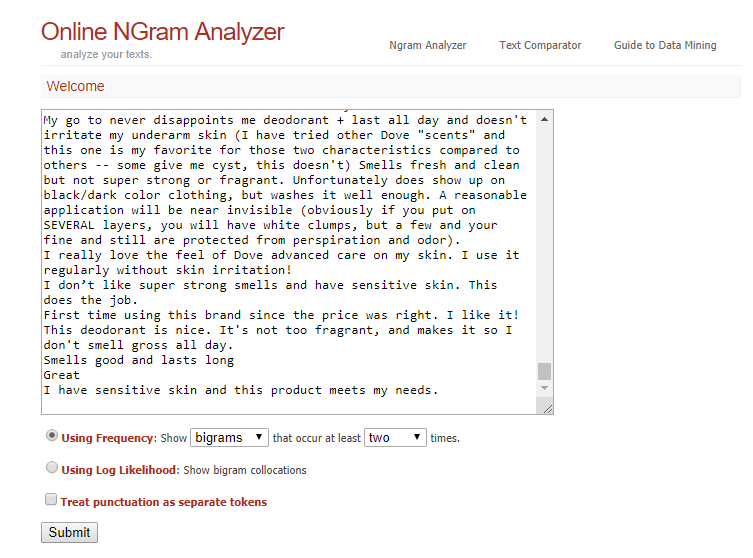
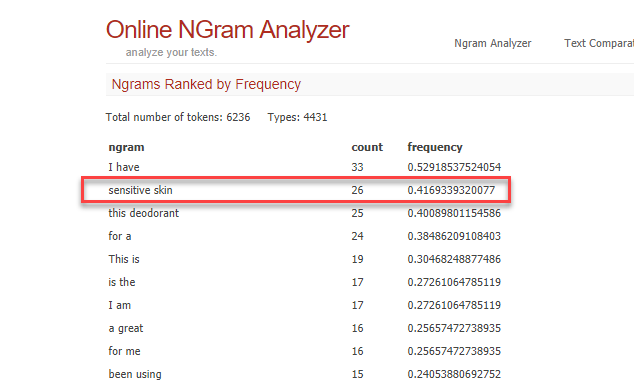
Once you have this data, you can use it to inform how you speak to your audiences through press releases and news stories. Additionally, you can use it to inform your blog strategy so that you’re addressing these triggers, education behaviors, considerations and decision-making factors through content. This leads us to our next section...
Content Strategy
If you’re looking for ways to build out a resources section or inspire blog content ideas, you can use your Audience Research to help inform the topics that your audience cares about. Once you have topic ideas, utilize the Google Search Engine Results Page (SERP) to help inform the keywords you can target in your content:
To do this, begin typing a keyword related to your topic into the Google search bar. Don’t hit enter, and Google will suggest related topics and keywords:

You can also use the People Also Ask feature to inform the questions you should be answering within your blog or resource page:
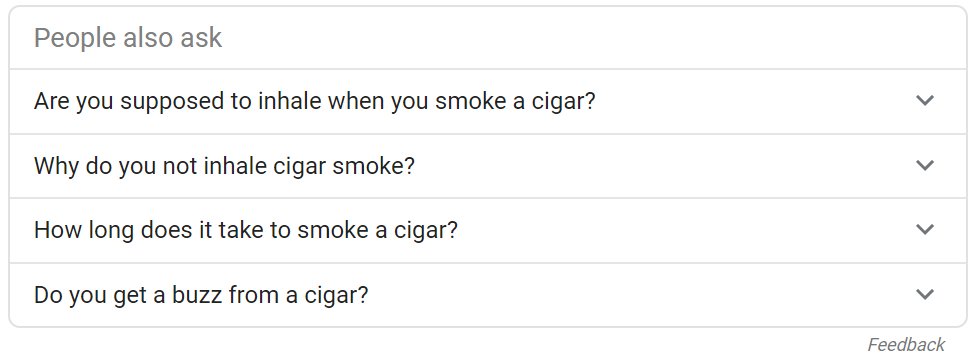
Don’t forget about Related Searches! These can help you inform the different sections of your piece of content:

[TIP]
You’ll notice above the first Related Search is how to smoke a cigar youtube. What might that tell you about the results that Google is rewarding? If YouTube is mentioned in a related search, your audience is most likely looking for video content on the topic. This is usually the case around “how to” types of keywords.
Building Authority
Building authority is one of the primary elements of SEO, and most closely relates to the day-to-day role of a PR practitioner, as the end goal is to increase awareness for a particular organization. In SEO, we measure the value in links gained back to the site, whereas PR practitioners typically establish news coverage as a KPI.
Traditional PR tactics like press releases and news stories are one way to build authority and establish brand awareness. If you can, ask the reporter to link back to the brand’s site in order to also gain link equity from the reputable news site.
Additionally, PR practitioners can utilize contributed and sponsored content to control the narrative of the brand in mention, while also ensuring that link equity is passed back from the third-party site that the content is placed on.
Other ideas for building authority off-site include:
- Aggregator sites, e.g. coupon codes, local listings, etc.
- Monitor unlinked mentions for quick wins via Talkwalker
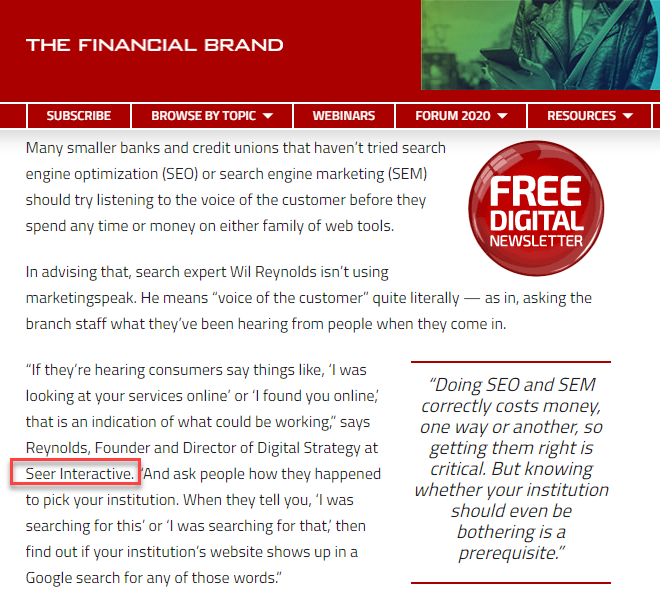
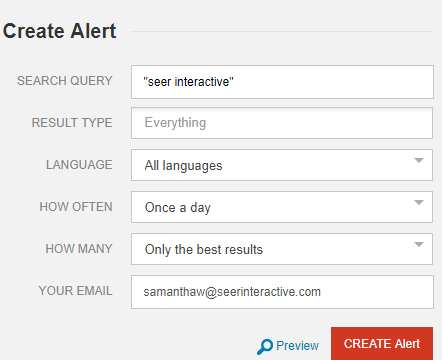
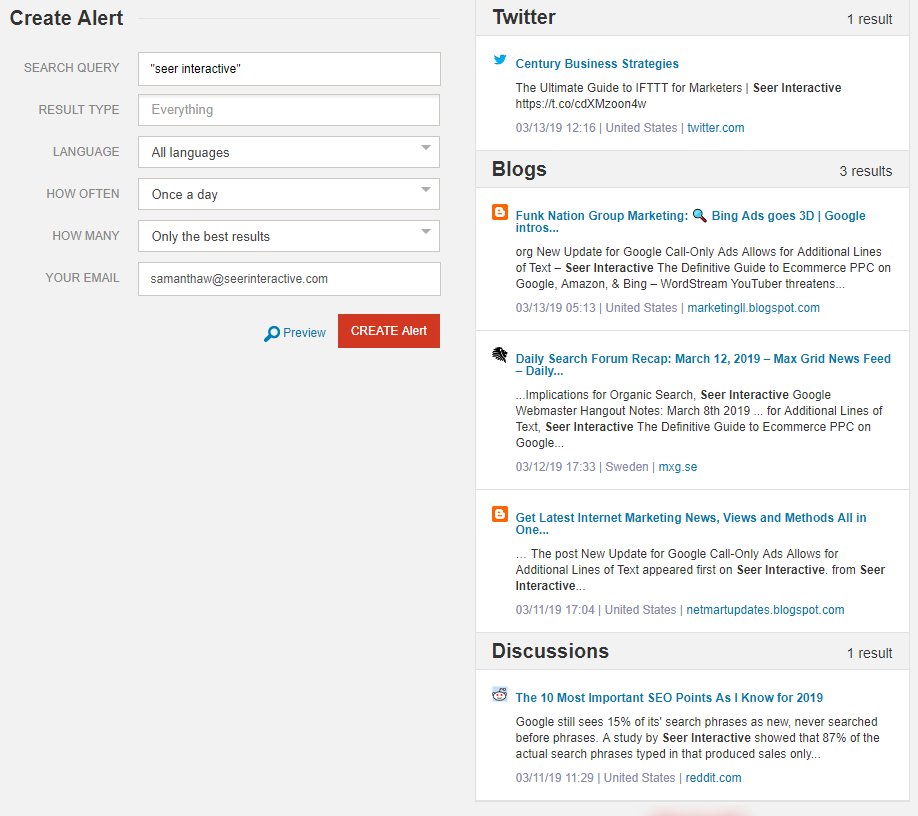
You can check out our Guide to Link Prospecting to learn about the different methods SEOs use to identify opportunities.
Measuring Impact
Measuring the impact of news placements can be challenging, but we have some tools to help you if you have analytics on your site. Look to the following metrics in Google Analytics and Google Search Console to measure impact:
- Referral traffic from outreach (Referrals report in Google Analytics)
- Brand awareness from outreach (Impressions from Google Search Console)
- Organic traffic to new blogs (Landing Page report in Google Analytics)
- Click-Through Rate and Conversion Rate (Landing Page report in Google Analytics)
Make sure to tag any URLs with UTMs so that you can accurately see what traffic any news placement is driving to your site.
If you don’t have analytics on your site or are looking to see the popularity of your brand or topic, look to Google Trends for your client’s or organization’s brand!
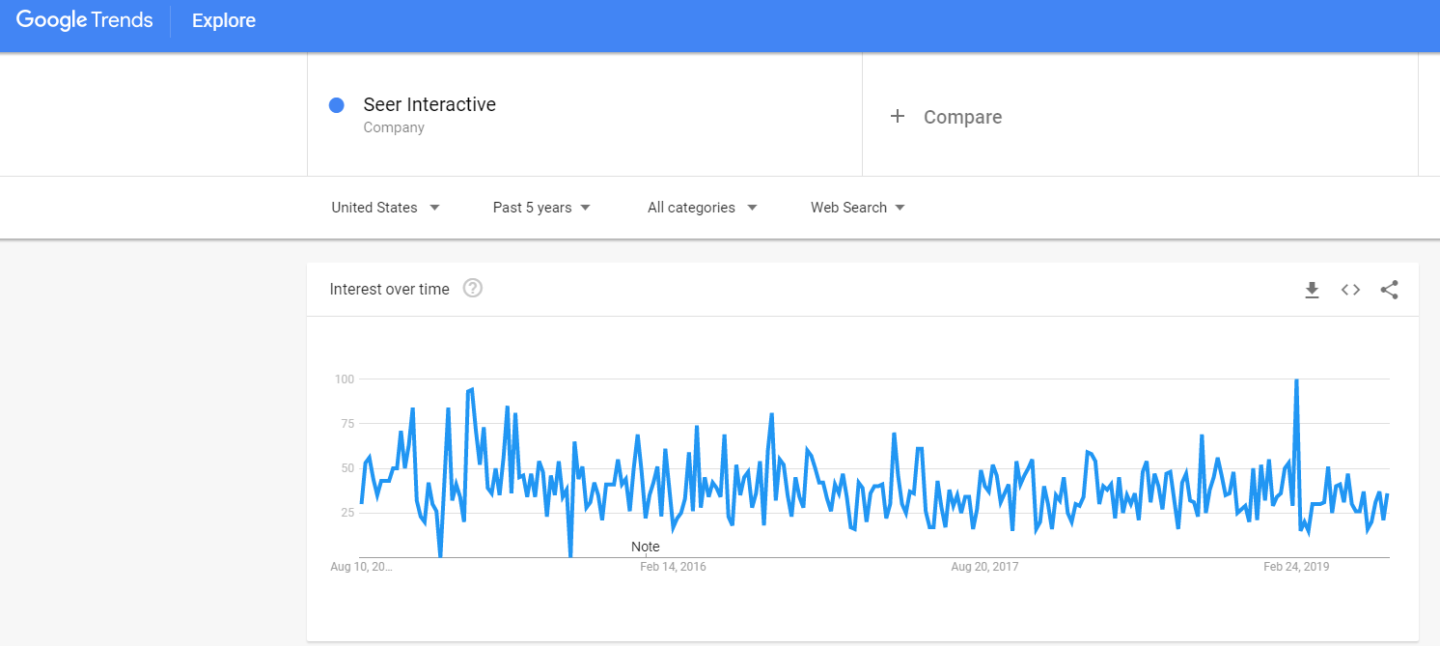
Have any other SEO tips for PR? Let us know in the comments below!

